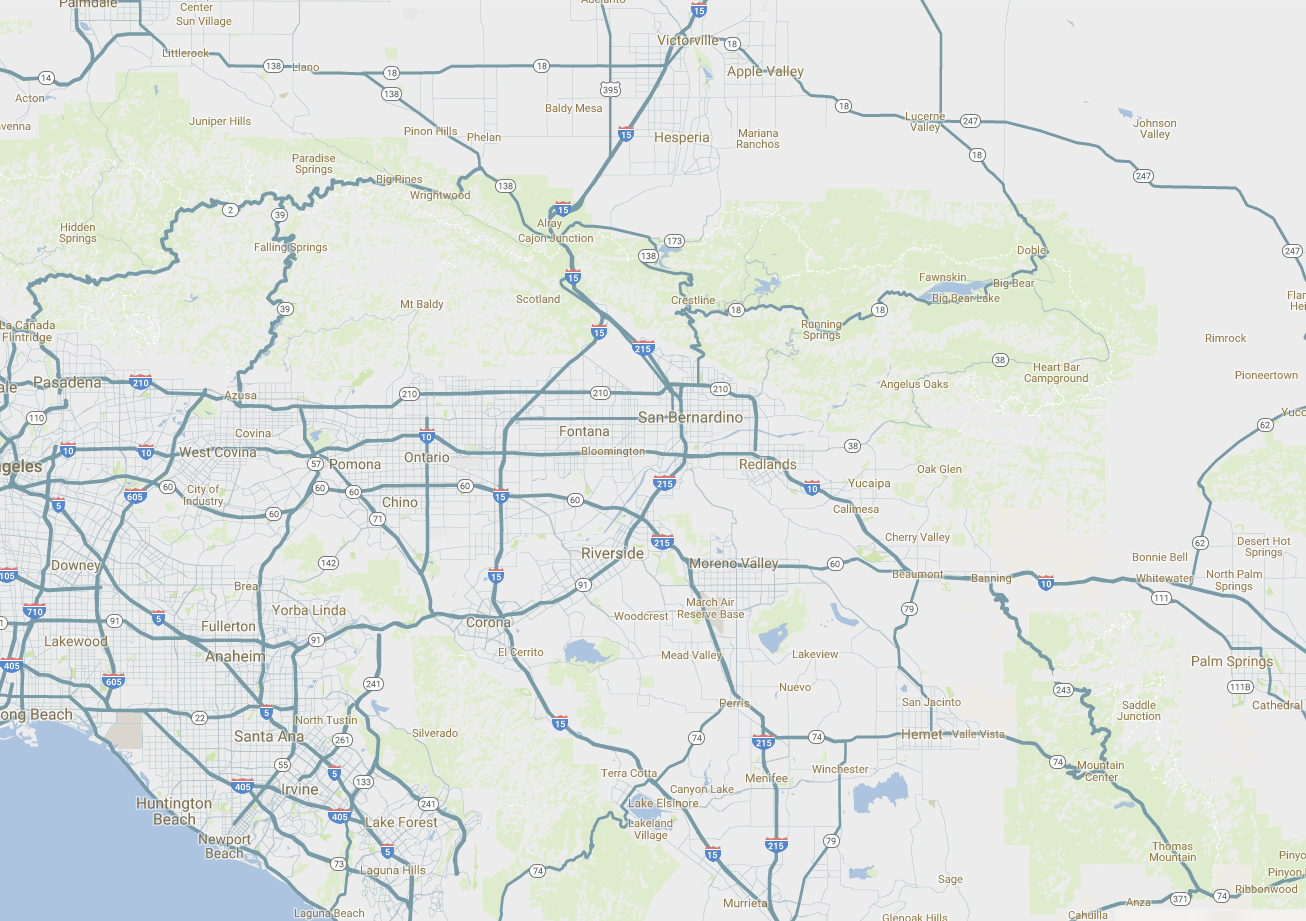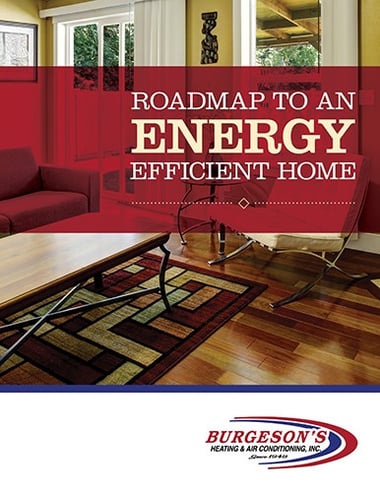Buyer's Guide: What Size Generator Do I Need?
Figuring out what size generator you need is important to keep your home powered during outages. The right size helps you run your essentials without wasting fuel or money. Whether you’re facing storms, power grid failures, or living off-grid, choosing the right size keeps things running smoothly and prevents overloads.
In this guide, we’ll walk you through calculating your power needs and help you pick the perfect generator size for your home. Keep reading to make sure you're ready for any situation!
Types of Generators
What size generator do I need? Great question! Choosing the right generator is crucial to ensure you have power when you need it most—during a storm, power grid failure, or while living off the grid.
Here are the top types of generators to consider:
1. Portable Generators
These are smaller and budget-friendly, perfect for powering up essentials during an outage or a camping trip. Portable home generators usually range from 3,000-5,000 watts and can keep lights on, a fridge running, and a phone charging. However, they can be loud and can burn through fuel quickly.
2. Portable Inverter Generators
Need something quiet and fuel-efficient? Portable inverter generators are great for powering sensitive electronics like laptops or phones. They’re quieter than traditional portable models, perfect for urban areas or quiet neighborhoods. Plus, they use less fuel, saving you money in the long run.
3. STANDBY GENERATORS
Ready for serious power? Standby generators are permanently installed and automatically kick in when the power goes out. They’re designed for long-term use, capable of powering your entire home, including HVAC systems, lights, and major appliances. This is perfect for people who need a reliable backup to keep everything running smoothly, no matter what happens.
Portable generators are not designed for long-term use or powering an entire home. If you’re looking for a more reliable, seamless solution to keep your whole house running during extended outages, a standby whole-home generator might be a better option. Later in this guide, we’ll explore how these permanent systems can provide peace of mind and comprehensive power coverage when it matters most.
Not sure what size generator you need?
Our team is here to help you find the perfect fit for your home. Keep reading to learn how to calculate your power needs and choose the right generator with confidence!
How to Calculate Your Home’s Power Needs?
How do you figure out how much power you need? It’s easier than it sounds! Let’s break it down step by step…
LIST OUT ESSENTIAL APPLIANCES/DEVICES:
First, list everything you must power when the lights go out. This includes your fridge, HVAC system, lights, medical equipment, sump pump, and anything else critical to daily life.
For example:
1. Refrigerator: 600 watts
2. HVAC system: 3,000 watts
3. Lights: 100-200 watts per light
4. Medical Equipment: Varies, but could be 200-500 watts
5. Sump Pump: 1,000 watts
These are your top priorities, so jot down their wattage. It’s crucial to know how much power each device needs.
Find Wattage Requirements:
Next, check the wattage labels on your appliances. Most devices will have a sticker or user manual showing exactly how many watts they use. It might say “600W,” but here’s the kicker: you need to look for both running watts (the steady power required to keep things going) and starting watts (the extra boost needed to start some appliances).
For example: A fridge uses 600 running watts, but when it starts up, it might need 1,800 starting watts. So, what size generator do I need for my house? You need to account for both of these.
Provide a Simple Formula:
Now, let’s calculate the total wattage you need! Add up the running watts for all devices, and then add the starting watts for anything that needs extra power to turn on. For example:
- Refrigerator: 600 running watts + 1,800 starting watts = 2,400 watts
- Lights: 200 watts
- HVAC: 3,000 watts
Total wattage needed: 5,600 watts.
And remember, always add a little extra for future needs! This will help ensure that your generator can handle any unexpected appliances or upgrades.
Generator Size and Type Recommendations
What size and type generator do I need for my house? The one you choose depends on how much power you need.
Let’s break it down by home size and what you’re trying to power.
1. Small Homes / Essential Power (3,000-5,000 watts):
For small homes, you're probably looking to power just the essentials. Think lights, a fridge, and phone charging. A 3,000- 5,000-watt generator will cover these. It’s perfect for keeping your home functional during an outage without overdoing it.
For example, lights typically use 100-200 watts, and a refrigerator requires about 600 running watts but can draw up to 1,800 starting watts when it kicks on. With this in mind, a generator sized to handle both running and starting watts will comfortably keep your essentials running without wasting power or fuel. This generator size is ideal for short outages, camping, or even off-grid living.
2. Medium Homes / Partial Backup (5,000-10,000 watts):
If you have a medium-sized home with more equipment to power, you’ll need something between 5,000-10,000 watts. This can cover the fridge, a sump pump, and even a small AC unit. For example, a refrigerator uses about 600+1800 starting watts, a sump pump can use 1,000 watts, and small AC units can require around 2,000 watts.
Moreover, this size gives you a nice balance between efficiency and the ability to keep the house comfortable during an outage. It's perfect for partial home backup, keeping your appliances running without overloading the system.
3. Large Homes / Whole-Home Backup (20,000+ watts):
For larger homes, you’ll need 20,000+ watts to keep everything running—HVAC systems, tankless water heaters, and major appliances. A 20,000+ watt standby generator can handle large devices and multiple items at once, making sure that your home is fully powered throughout outages.
HVAC units can require over 3,000 watts alone, and a water heater typically needs around 3,500 watts. A 20,000+ watt standby generator ensures that your entire home stays powered, from the kitchen to the HVAC system, during long outages.
GENERATOR SIZE CHART ALONG WITH TYPES:
|
Generator Size |
Wattage Range |
Power Coverage |
Ideal For |
|
|
|
|
|
|
|
|
|
|
|
|
|
HVAC, water heater, and major appliances |
|
Other Factors to Consider When Choosing a Generator
When deciding ‘what size generator do I need for my house’, there are other things to think about too. Let’s dive into the details.
~Fuel Type
Choosing the right fuel is essential. Let’s break it down:
1. Gasoline: For portable generators. Widely available, easy to find. But it doesn’t last as long, and it can go bad after a few months.
2. Diesel: For portable generators. Efficient and lasts longer, but it’s more expensive and can be loud.
3. Solar: For portable or standby generators. Eco-friendly and quiet, but it’s not always powerful enough to run big appliances.
4. Propane: For standby generators. Cleaner and lasts longer, but it can be harder to find in an emergency.
5. Natural Gas: For standby generators. Cheapest, easiest to incorporate, and it's commonly available.
~ Run Time & Fuel Efficiency
The run time tells you how long your generator will last during an outage. Gasoline for portable generators usually runs for about 4-8 hours, while diesel, propane and natural gas are the most efficient, running up to 24 hours.
~ TRANSFER SWITCH
A transfer switch is a must-have for safely connecting your generator to your home’s power system. It ensures you can switch between utility power and your generator without any issues.
~ NOISE LEVELS
Generators can be loud, and if you live in a neighborhood with noise regulations, you’ll want a quieter option. In urban areas or HOA-regulated neighborhoods, a quieter inverter or liquid-cooled generator can keep things peaceful.
Tips for Installation & Maintenance
When setting up your generator, there’s more to consider than just plugging it in. Let’s go through some key tips to keep everything running smoothly.
Proper Placement & Ventilation
Proper placement is crucial to keep everyone safe. You need to set your generator in an open, well-ventilated area, at least 5-10 feet away from windows or doors. Why? Because carbon monoxide can build up and be dangerous. Never place your generator indoors or in a garage—always keep it outside, away from air intakes, to prevent carbon monoxide poisoning.
Routine Maintenance for Your Standby Generator
Just like your car, your standby generator needs regular upkeep. Your first service should be performed after 25 run hours or one year after installation, whichever comes first. Subsequent service should be conducted every 200 hours or once a year, whichever comes first. For optimum performance, after every 24 hours of continuous use, power down your system and check that the oil is at its recommended level. Clean the air filter to avoid buildup, and check the spark plugs to make sure they’re not clogged.
TESTING BEFORE EMERGENCIES
Don’t wait until an emergency to see if your generator works! Test it every 3-4 months to make sure it starts up and runs smoothly. This way, you’re ready to go when the power goes out.
NEED HELP SELECTING THE RIGHT GENERATOR?
Contact the seasoned professionals at Burgeson’s Heating, A/C, Electrical, Solar & Plumbing. With over 76 years in the community, we are committed to delivering the highest quality installations, maintenance and repair services tailored to your needs.












